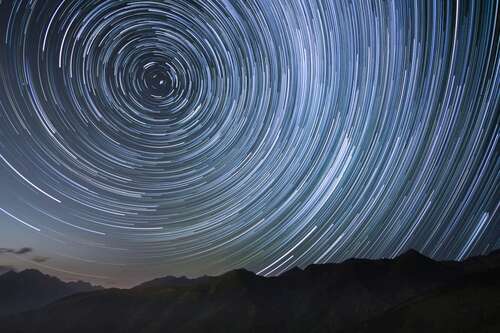
With millions of star systems to explore, one team member of the study said AI will help sift through vast amounts of data to find signs of intelligence.
When the first novels and films with alien life surfaced, the idea that we’re not alone in this universe was very much in the realms of science fiction. Exciting, but not plausible.
But over the past five decades, as advancements in science helped us understand both biology and astrophysics better, many scientists see the discovery of extraterrestrial life as not a matter of ‘if’ but ‘when’.
Now, a team of astrophysicists at Trinity College Dublin (TCD) is about to embark on a mission to find our cosmic neighbours. And while the endeavour isn’t novel, the approach is.
“In the last 50 years, evidence has steadily mounted that the constituents and conditions necessary for life are relatively common in the universe,” said Prof Evan Keane, an associate professor of radio astronomy at TCD’s School of Physics and team lead for the study. “[This] begs one of life’s greatest unanswered questions: are we really alone?”
Using the Irish low frequency array telescope, or LOFAR, and its counterpart in Onsala, Sweden, Keane and his team plan to monitor millions of star systems likely to host life in search of what they call “technosignatures” that can prove the existence of intelligence.
“To some people the search for extra-terrestrial intelligence, or SETI, might seem like something from a movie, but it has been a scientific pursuit for decades, and for a host of very good reasons,” explained Keane, who is also the head of the Irish LOFAR telescope.
“With this project we are basing our search on the common assumption that civilisations elsewhere in the universe may employ similar technologies to those developed on Earth. As a result, radio frequencies are a logical domain for conducting SETI surveys due to the widespread use of telecommunications and radar and our access to next-gen radio telescopes offers a great chance for a deep dive into the universe.”
Most of the search for alien life so far has been carried out using single observatories, which can limit our ability to identify signals as uniquely foreign amid the abundance of interference from human sources on Earth.
Such projects have focused on searching for radio frequencies above 1GHz because the single-dish telescopes employed operate at these frequencies. The collaboration led by TCD will use a multisite, multi-telescope technique to search for much lower frequencies of 110-190MHz.
This means the Irish-Swedish project is much less likely to provide a false positive signal arising out of human interference.
“What makes surveys like this one truly captivating is the fact that we’re pushing these telescopes to their absolute limits, directing them towards substantial portions of the sky,” said Owen Johnson, a PhD candidate at TCD’s School of Physics who is part of the study.
“As a result, we have the exciting possibility of discovering all sorts of wild and wondrous phenomena during this process and if we’re very fortunate, even encountering our cosmic neighbours.”
Johnson said that the LOFAR telescope is soon to undergo a series of upgrades across all stations across Europe, which will allow the array to scan a broader range of frequencies between 15-240MHz.
“We have billions of star systems to explore and will be relying on some machine learning techniques to sift through the immense volume of data. That in itself is interesting – it would be fairly ironic if humankind discovered alien life by using artificial intelligence.”
10 things you need to know direct to your inbox every weekday. Sign up for the Daily Brief, Silicon Republic’s digest of essential sci-tech news.

